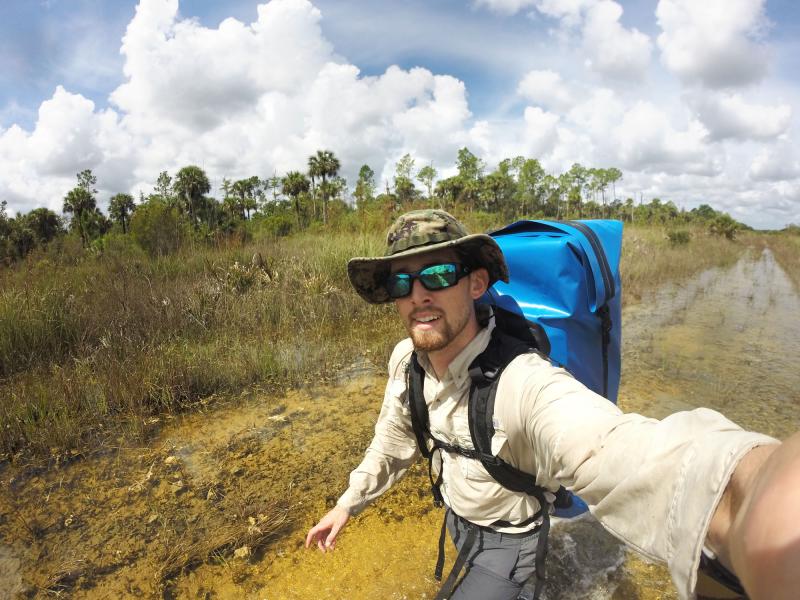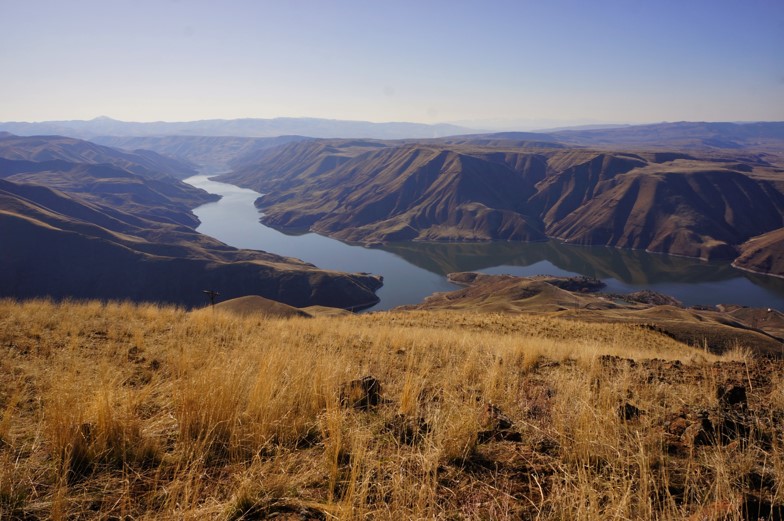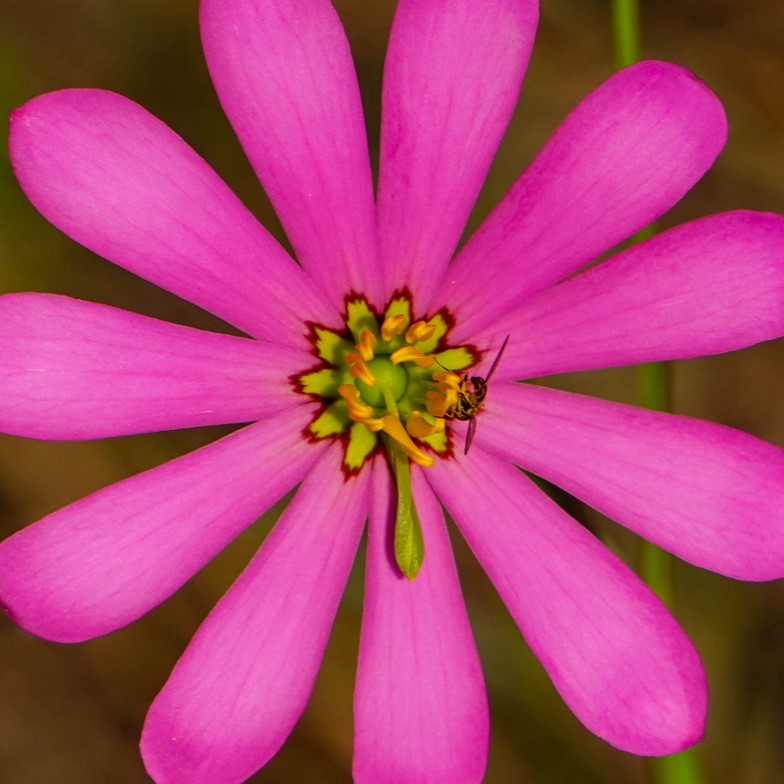Meet 25-year-old snake wrangler, turtle protector Leif Johnson
Imagine walking through a forest in Florida, and suddenly realizing you've stepped on a 130-pound, 15-foot-long Burmese python. That's routine work for Dartmouth native Leif Johnson.
Now a biologist for the Conservancy of Southwest Florida, Johnson will juggle three or four projects a week, including studying the state's python population and effective removal, catching and researching loggerhead turtles, and monitoring mangroves.
"The python project is one of the most ridiculous things I've ever worked on," said Johnson, 25. "When you see it out in the woods, you have to rub your eyes like 'this isn't real.'"
When Johnson first started with the conservancy, he was asked to watch a 12-foot snake while it soaked in a tub of water. That was his first brush with the creatures.
"I'm just watching this thing, waiting for it to lunge out of the water at me. There's not many apex predators you can get your hands on," he said. Luckily, the constrictors are "pretty sloppy at striking," Johnson said, which means he's never really had to wear protective gear around the office.
For Johnson, maintaining a forest-office balance isn't all that foreign. Having grown up by Little River Bridge, Johnson said he has an appreciation for quiet and solitude.
"I loved growing up in Dartmouth. Having that sense of remoteness really instilled a love of nature and the woods," he said.
But the love of the outdoors is a family trait, he explained. He said his father, Carl Johnson, would take him hiking up Mount Washington, while his grandmother, Barbara Wood, would be swimming at Round Hill Beach well into October. As Johnson got older, it wasn't enough.
"I felt like I just needed to find more of those open spaces," he said. He found them at the University of Massachusetts Amherst, where Johnson studied Wildlife and Wildlands Science and Management. During his college career, Johnson spent his summers doing trail maintenance for the Dartmouth Natural Resource Trust, working as a farm hand at Olde Dartmouth Farm, and serving as a beach ranger at Mass Audubon.
In 2012, a year before his graduation, he got his first introduction to field studies through an internship with Global Vision International. Johnson spent a month in Costa Rica, conducting sea turtle monitoring programs and studying jaguar predation on sea turtles.
"We'd set [cameras] up on dead turtles to get photos of jaguars," explained Johnson. He's still conducting camera trap studies, but most recently, he used the method to identify animals — including river otter and coyotes — living on a Florida golf course.
"It's a way to document wildlife that you wouldn't normally see," he said. "Every one of the places I've worked has been crazy beautiful in some way."
Johnson's experience led him to continue sea turtle research at the Ten Thousand Islands National Wildlife Refuge, and work on habitat management at the Florida Panther National Wildlife Refuge. He's also tracked wolves and mule deer through the mountains of western Idaho.
Working all over the country has given Johnson the ability to follow a second passion, travel. He explained that he took the job with the Idaho Department of Fish and Game for a desire to go out west, but getting there wasn't a walk in the park.
"I planned my route based on people I know and places I wanted to go see," said Johnson of his drive. "I ended up coming into Colorado in a snowstorm and totaled my truck."
After spinning out on an icy bridge, Johnson's vehicle landed dead center on a highway. "That was one of the most 'welcome to the west' and 'welcome to adulthood' moments in my life," he recalled.
The isolation of an Idaho ranch wasn't much of an issue for Johnson — who often found comfort in phone calls with long-distance, long-term girlfriend Katie Ferron of Wisconsin. He said the hardest part of working in conservation is getting used to being uncomfortable.
"When it's 95-degrees and 85-percent humidity, you can be breathing in mosquitos. To work in those conditions is not easy," he said.
Johnson typically finds himself working in water — "half-calf or more" — and tends to keep backup clothes in the office. On a regular day, he's equipped with quick-dry, zip-away pants, long field shirts, and a bucket hat to protect him from the elements. Additionally, he wears a field vest to hold his pens, rulers, and GPS, and is always carrying a backpack and camera.
"I had a camera growing up as a kid. When I got that internship in Costa Rica, I decided that I needed a decent camera. It's become a hobby of mine that I've really taken with me to all my jobs," he said.
Johnson explained how telling his story is crucial in educating people about the importance of conservation, and also in securing donations for the Florida nonprofit. His social media savvy is what helped land him at his current position in October 2015.
Alongside research projects, Johnson spends time editing photos and writing blog posts for the conservancy. Find what he's working on at medium.com/environmental-science-department.






















